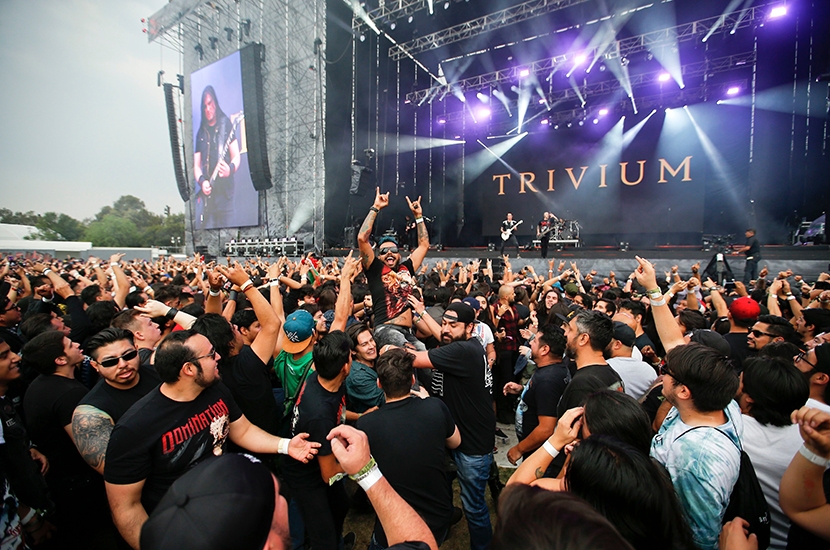There was only so long anyone could put up with the live musical performances of the early days of lockdown: musicians in their living rooms, performing stripped-back versions of their songs in broadcasts that froze or stuttered. The time would come, inevitably, when everyone wanted more. Viewers would want something more closely approximating a full show; musicians would want to be paid.
Laura Marling was early through the gates: last month, she promoted her latest album with two concerts at the Union Chapel in London, played to an empty hall but streamed for UK and US audiences. There was a certain excitement about it all: here was a way for musicians to make the money they had been missing — around 4,000 people paid £12 a head to watch Marling — and for fans to experience live music in safety, comfort and with much better sightlines than they ever get in real gigs. Excited commentators wondered: is this the future of live music?
Excited commentators wondered: is this the future of live music? Here’s your answer: no
Here’s your answer: no.
There are practical reasons for that. You can’t tour a livestream, for one thing. You can’t do 50 livestream dates, because everyone who wants to see the show can see it first time round, and Marling can play to 4,000 people in London anyway, so an entire audience of 4,000 streams isn’t all that encouraging. If this really were the future for musicians, they’d have relied for years on live DVDs to generate revenue, instead of going on the road. And the reason more people will go to actual shows than watch a stream of one is that live music is an experience that’s about rather more than the perfect playing of notes and chords.








Comments
Join the debate for just £1 a month
Be part of the conversation with other Spectator readers by getting your first three months for £3.
UNLOCK ACCESS Just £1 a monthAlready a subscriber? Log in